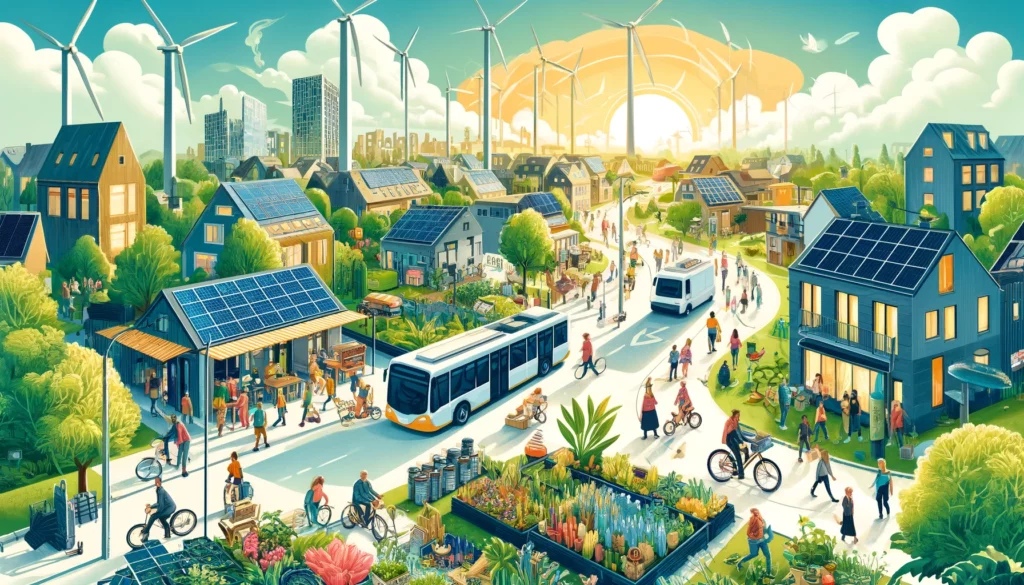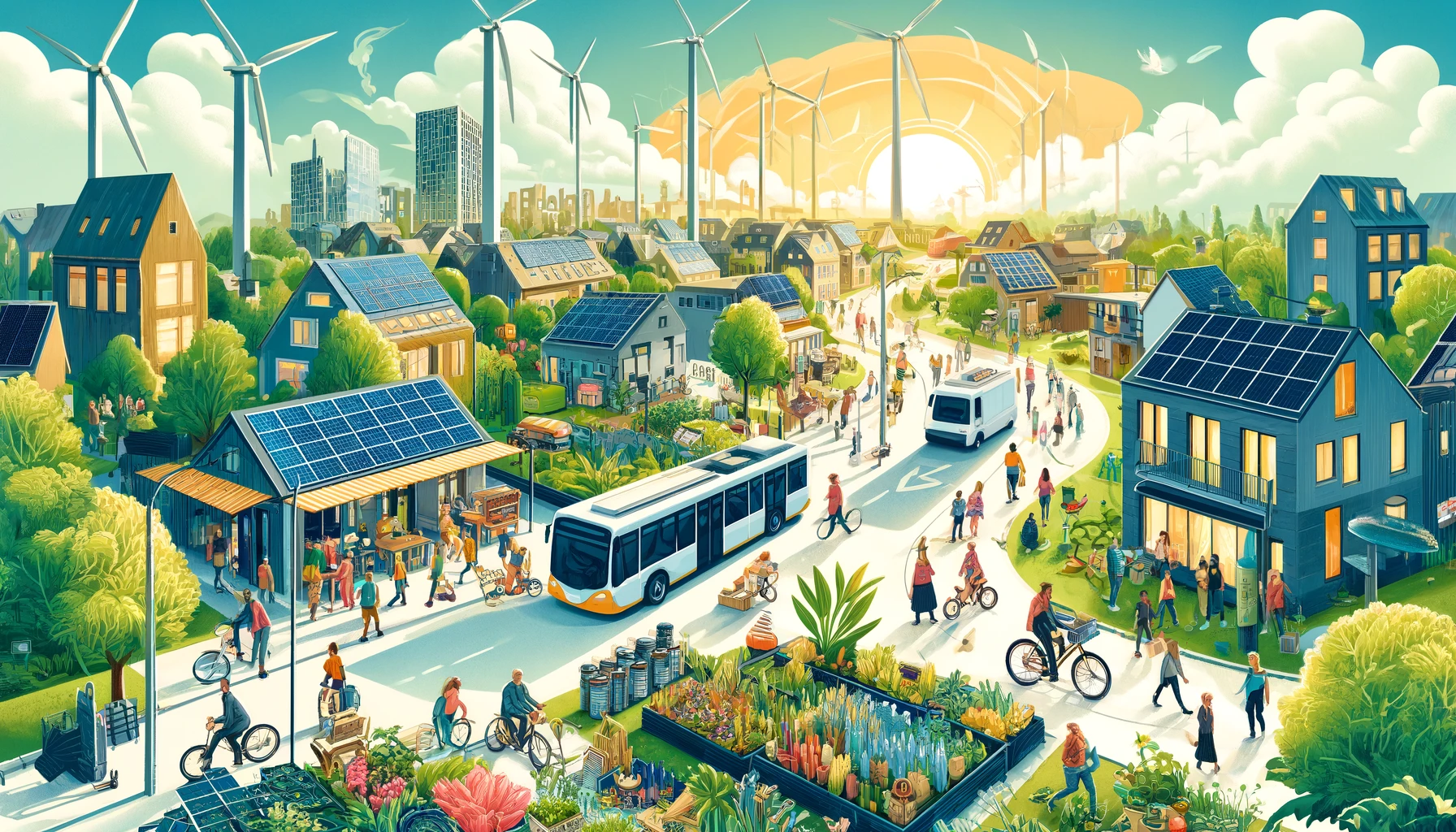In the era of growing environmental concerns and the urgent need for sustainable development, the concept of sustainable communities has gained considerable attention worldwide. These communities are designed to be environmentally friendly, economically viable, and socially equitable, offering a blueprint for future development. This article explores some of the most successful examples of sustainable communities, providing insights into their strategies and the lessons they offer.
What is a Sustainable Community?
A sustainable community is designed to have minimal environmental impact while offering a high quality of life for its residents. This involves integrating various aspects of sustainability, including energy efficiency, waste reduction, sustainable transportation options, and the creation of green spaces. Additionally, these communities focus on social equity and economic viability, ensuring that they are accessible and beneficial for all residents.
Case Studies of Top Sustainable Communities
1. Vauban, Freiburg, Germany
Located in Freiburg, Germany, Vauban is often cited as one of the most successful examples of a sustainable community. Developed on a former military base, this neighborhood was transformed into a thriving eco-community. Vauban’s design emphasizes reduced car dependency; streets are mainly car-free, with parking limited to large garages on the periphery of the development. The district is well-connected by public transport and extensive bicycle lanes. Energy efficiency is another cornerstone of Vauban, with many buildings constructed to low-energy consumption standards and some even producing more energy than they consume.
2. BedZED, London, United Kingdom
Beddington Zero Energy Development (BedZED) is the UK’s largest carbon-neutral eco-community. Completed in 2002 in South London, BedZED features energy-efficient buildings made from environmentally friendly materials. The community uses a combined heat and power (CHP) plant powered by renewable sources and features water recycling systems and green roofs. The layout of BedZED encourages walking and cycling, with limited access to cars and excellent public transportation links.
3. Kalundborg Symbiosis, Denmark
The Kalundborg Symbiosis is an industrial ecosystem in Denmark where public and private enterprises exchange material, water, and energy flows in a closed-loop system. This approach minimizes waste and maximizes resource efficiency. For example, waste heat from one company is used to heat local facilities and homes. In contrast, fly ash and clinker from a power plant are used in cement production, reducing landfill use and natural resource consumption.
4. Masdar City, Abu Dhabi, UAE
Masdar City is a planned city project in Abu Dhabi that aims to be one of the world’s most sustainable urban communities. Masdar uses clean energy generated onsite from solar power and other renewable sources. The city is designed to be a hub for cleantech companies and sustainability-focused education. It features an advanced public transport system that includes personal rapid transit (PRT) vehicles that operate without drivers.

Lessons Learned from Sustainable Communities
Innovative Design and Planning
A common thread among these communities is the innovative use of space and resources. Sustainable communities require thoughtful planning and design to integrate green building techniques, efficient use of energy, and effective waste management systems. This holistic approach ensures that the infrastructure and daily operations minimize environmental impact.
Community Involvement
Another critical factor in the success of sustainable communities is the active involvement of residents. These projects often succeed when there is a strong sense of community and when residents are engaged in the planning process. This engagement helps ensure that the community’s needs and preferences are met, increasing the likelihood of long-term success.
Policy Support
Government policies play a critical role in supporting the development of sustainable communities. Incentives for renewable energy use, regulations promoting green building standards, and investment in public transportation can all facilitate the creation of more sustainable living spaces.
Conclusion
The examples of Vauban, BedZED, Kalundborg Symbiosis, and Masdar City demonstrate the feasibility and benefits of creating sustainable communities. These communities not only help reduce their carbon footprint but also improve the quality of life for their residents. They offer valuable lessons on integrating technology, community engagement, and innovative design to achieve sustainability goals. As the world continues to face environmental, social, and economic challenges, the principles exhibited by these communities will become increasingly relevant in guiding future urban development and in fostering sustainable living environments.

